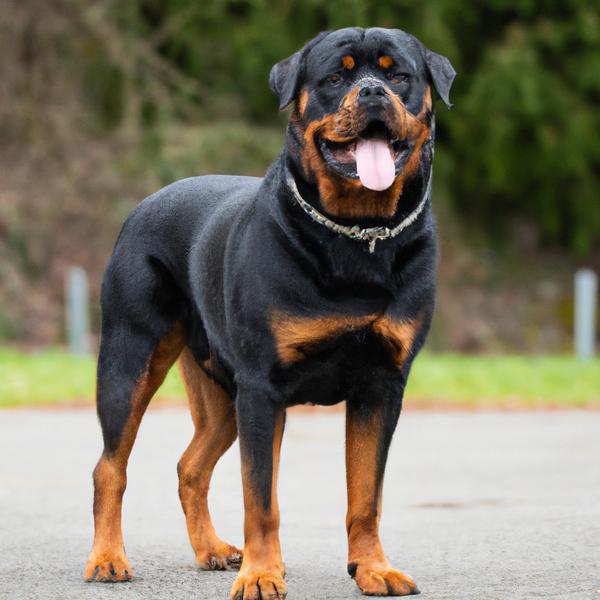Greater Swiss Rottweiler vs. Russian Toy: Breed Differences and Similarities
Hypoallergenic
Are Greater Swiss Rottweilers or Russian Toys hypoallergenic, or neither?
Unfortunately, neither Greater Swiss Rottweiler nor Russian Toy are hypoallergenic, which may not make them the best choice for dog lovers who suffer from pet allergies.
Temperament
What are the personalities of Greater Swiss Rottweiler and Russian Toy dogs?
Independent
Protective
Alert
Courageous
Intelligent
Loyal
Devoted
Selfish
Fearless
Good-natured
Confidence
Active
Loyal
Protective
Cheerful
Playful
Shedding Level
Do Greater Swiss Rottweilers shed more than Russian Toys, or which breed sheds more, Greater Swiss Rottweilers or Russian Toys?
Greater Swiss Rottweiler or Russian Toy dogs are low shedders. The coat sheds an average amount and doesn't require much care.
Ancestry
What are the origins of Greater Swiss Rottweiler and Russian Toy breeds?
Greater Swiss Mountain Dog and Rottweiler
English Toy Terrier, Toy Spaniel
Date of Birth
When were Greater Swiss Rottweiler and Russian Toy breeds first developed?
Unknown
20th Century
Eye Color Possibilites
What are the eye colors of Greater Swiss Rottweiler and Russian Toy dogs?
Hazel
Brown
Amber
Brown
Nose Color Possibilites
What are the natural nose colors of Greater Swiss Rottweiler and Russian Toy?
Black
Black
Coat Color Possibilites
What are the natural colors of the coat for Greater Swiss Rottweiler and Russian Toy breeds?
Black
White
Brown
Black
Blue
Brown
Red
Sable
Coat Length
What is the typical coat length for Greater Swiss Rottweiler and Russian Toy breeds?
Greater Swiss Rottweilers have medium-length coats.
Russian Toys have longer coats compared to most dogs.
Coat Density
What is the density of the coat of Greater Swiss Rottweiler and Russian Toy?
Coat Texture
What is the hair texture of Greater Swiss Rottweiler and Russian Toy?
Straight
Litter Size
What is the usual litter size for Greater Swiss Rottweiler and Russian Toy?
A Greater Swiss Rottweiler can have a litter of 8-12 puppies on average. However, it's worth noting that the size of the litters can vary greatly. Factors that can influence litter size include the health of the mother, breeding history, and genetics.
A Russian Toy can have a litter of 11-13 puppies on average. However, it's worth noting that the size of the litters can vary greatly. Factors that can influence litter size include the health of the mother, breeding history, and genetics.
Adaptability
Greater Swiss Rottweilers have average adaptability to changes in lifestyle and living environments compared to other breeds.
Russian Toys are known for their adaptability and can adjust well to different environments and lifestyle changes.
Health Issues
Between Greater Swiss Rottweiler and Russian Toy, which breed is more prone to health problems?
While the Greater Swiss Rottweiler breed is generally healthy, occasional vet check-ups are still necessary to address any health concerns.
Russian Toys are susceptible to health issues like all breeds, so it's important to monitor their health and seek veterinary care when needed.
Major Concerns
What are the major health concerns for Greater Swiss Rottweiler and Russian Toy breeds?
Gastric Torsion
Osteosarcoma
Hip And Elbow Dysplasia
Osteochondritis Dissecans
Lymphoma
Patellar Luxation
Minor Concerns
What minor health issues should be kept in mind when owning Greater Swiss Rottweiler and Russian Toy?
Entropion
Distichiasis
Panosteitis
Progressive Retinal Atrophy
vonWillebrand’s Disease
Heart Conditions
Occasional Tests
What occasional tests are recommended for Greater Swiss Rottweiler and Russian Toy breeds?
Eyes
X-Rays
Blood Tests
Hips and Elbows
OFA
Physical Examination
Cardiac Test
Social Needs
Greater Swiss Rottweiler vs Russian Toy social needs comparison
Greater Swiss Rottweiler has very high social needs and requires regular mental and physical stimulation, a job or purpose, and companionship.
Russian Toy has above average social needs and thrives with interaction with humans and other dogs.
Sleeping Need
Which of the two sleeps the most/least: Greater Swiss Rottweiler or Russian Toy?
Greater Swiss Rottweilers sleep less than other breeds but still need adequate sleep for good health.
Russian Toys are active and require sufficient sleep to stay healthy.
Mouthiness
Mouthiness Comparison: Greater Swiss Rottweiler vs Russian Toy?
Roaming urge
Greater Swiss Rottweiler vs Labrador: Running away tendency?
Prey Drive
Greater Swiss Rottweiler or Russian Toy - which breed has a higher level of prey drive?
Past times
What are some enjoyable activities and ways to keep Greater Swiss Rottweiler and Russian Toy entertained?
Hanging out, Boat ride, Walk, Road trip
Fetch, Play, Walk
Activity Level
Which breed has higher energy, Greater Swiss Rottweilers or Russian Toys?
Both Greater Swiss Rottweiler and Russian Toy are medium-energy dogs that enjoy socializing and playing with other dogs. They may engage in casual or sustained games of chase, and occasionally have bursts of barking or racing around the house.
Tolerance of being left alone
Walks per Week
How many miles should Greater Swiss Rottweiler or Russian Toy walk each week?
There's really no limit to how far you walk your dog as long as they're comfortable. For Greater Swiss Rottweiler, it's at least 11 miles / week. Just remember to build distance and stamina gradually over time.
There's really no limit to how far you walk your dog as long as they're comfortable. For Russian Toy, it's at least 6 miles / week. Just remember to build distance and stamina gradually over time.
Activity per Day
Do Greater Swiss Rottweilers or Russian Toys require more exercise?
In general most Greater Swiss Rottweilers usually need at least 60 minutes of exercise daily. This can be spread across the day and include all sorts of high-energy activities, like walking, running and playing.
In general most Russian Toys usually need at least 30 minutes of exercise daily. This can be spread across the day and include all sorts of high-energy activities, like walking, running and playing.
Grooming
Which breed is easier to maintain in terms of grooming, Greater Swiss Rottweilers or Russian Toys?
The Greater Swiss Rottweiler is a low-maintenance breed that doesn't require much grooming.
The Russian Toy has low grooming needs and is easy to maintain.
Brushing Frequency
What is the recommended brushing frequency for Greater Swiss Rottweiler and Russian Toy dogs?
Greater Swiss Rottweiler should be brushed at least once a week. Of course you can give them more frequent brushes if you find that they are still shedding a lot
Ideally, Russian Toy should be brushed at least 2 or 3 times a week (preferably daily) improve shedding.
Brushing Tools
What brushing tools are used for Greater Swiss Rottweilers and Russian Toys?
Pin Brush
Comb
Nail Clipper
Slicker Brush
Comb
Scissors
Nail Clipper
Cups
How much food should be given to Greater Swiss Rottweiler or Russian Toy in cups?
For an average 85-135 pound (39 - 61 kg) Greater Swiss Rottweiler feed 3 cups daily. But, keep in mind, the amount you feed is going to be dependent on the quality of the food you are feeding.
For an average 3-6 pound (1 - 3 kg) Russian Toy feed 0.5 cups daily. But, keep in mind, the amount you feed is going to be dependent on the quality of the food you are feeding.
Daily Cost
Which breed has a higher daily cost, Greater Swiss Rottweiler or Russian Toy?
The average cost of a Greater Swiss Rottweiler is somewhere $3.90 - $4.20 per day.
The average cost of a Russian Toy is somewhere $1.10 - $1.40 per day.
Monthly Cost
Which breed has a higher monthly cost, Greater Swiss Rottweiler or Russian Toy?
The average per month expenses of a Greater Swiss Rottweiler is between $112 - $126. This makes an average of $1344 - $1512 per year. It will be on the higher side when the dog is still small because it will need more frequent visits to the vet, shots.
The average per month expenses of a Russian Toy is between $28 - $42. This makes an average of $336 - $504 per year. It will be on the higher side when the dog is still small because it will need more frequent visits to the vet, shots.
Sensitivity Level
How do Greater Swiss Rottweiler and Russian Toy compare in sensitivity?
These breeds are more sensitive than others and easily overwhelmed by new surroundings and people. Greater Swiss Rottweiler and Russian Toy need gentle handling and a calm, stable home environment with positive reinforcement training.
Apartment Friendly
Which breed is more apartment-friendly: Greater Swiss Rottweiler or Russian Toy?
Greater Swiss Rottweilers are good apartment dogs as long as they get enough exercise and stimulation outside of the apartment.
The Russian Toy is a great apartment dog, thriving with sufficient exercise and time outside as part of their daily routine.
Child Friendly
Do Greater Swiss Rottweilers or Russian Toys have a friendlier temperament towards children?
Greater Swiss Rottweilers have an average level of friendliness towards children.
Russian Toys are good with kids if socialized and trained from a young age.
Senior-friendly
Which dog is more suitable as a pet for the elderly - Greater Swiss Rottweiler or Russian Toy?
Cat Friendly
Do Greater Swiss Rottweiler or Russian Toy breeds have a better compatibility with cats?
Greater Swiss Rottweilers and Russian Toys are an average cat friendly dog. They do well with cats, even more if raised together from puppyhood.
Dog Friendly
Which breed is more sociable with other dogs: Greater Swiss Rottweiler or Russian Toy?
{Greater Swiss Rottweilers and Russian Toys are average friendly towards other dogs. If they are raised with other dogs, they are likely to get along with them. And, if they are socialized properly from a young age, they will usually be great with other dogs.
Pet friendly
How do Greater Swiss Rottweiler or Russian Toy dogs interact with other pets?
Stranger Friendly
Which breed is more friendly with strangers: Greater Swiss Rottweiler or Russian Toy?
Greater Swiss Rottweilers are quick to announce strangers and can be standoffish or suspicious.
Russian Toys are averagely friendly around strangers but benefit from early socialisation.
Playfulness
Which breed is more playful between Greater Swiss Rottweiler and Russian Toy?
Greater Swiss Rottweilers have an average level of playfulness, enjoying playtime like most dogs but not excessively so.
Russian Toys are a playful breed that needs daily playtime to be happy.
Trainability
How do the trainability levels of Greater Swiss Rottweilers and Russian Toys compare?
Greater Swiss Rottweilers are popular for their ease of training and quick learning ability.
Russian Toys are usually easy to train but require consistency to fully obey commands.
Compare Greater Swiss Rottweiler with other breeds

Shiba Corgi
Greater Swiss Rottweiler vs Shiba Corgi
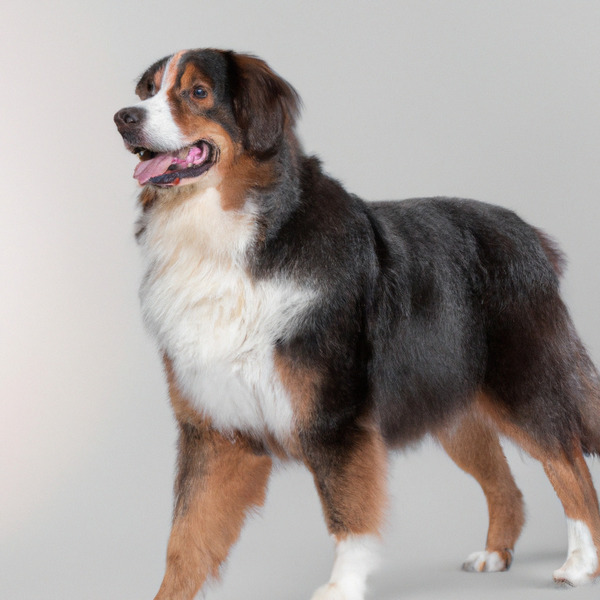
English Shepherd
Greater Swiss Rottweiler vs English Shepherd
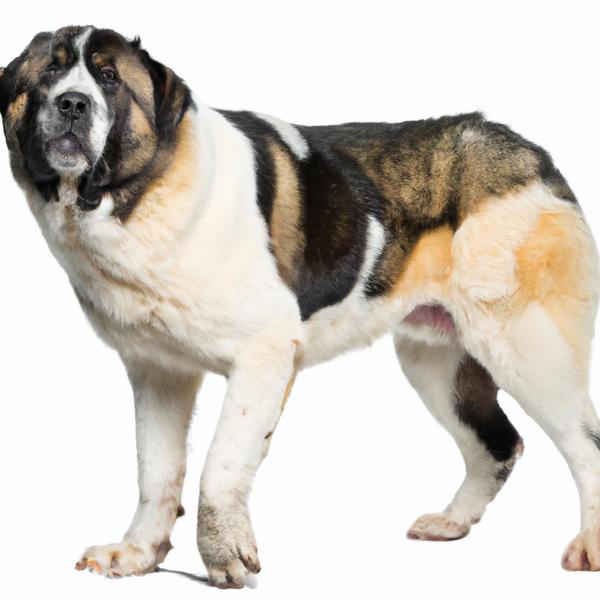
Ba-Shar
Greater Swiss Rottweiler vs Ba-Shar

Great Pyrenees
Greater Swiss Rottweiler vs Great Pyrenees
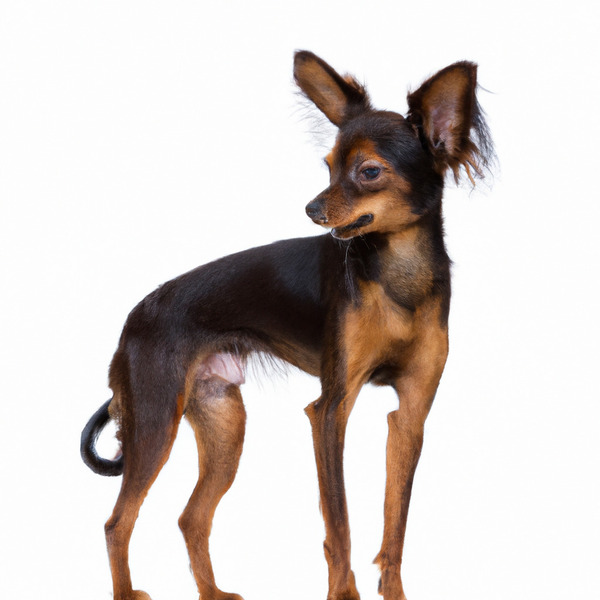
Russian Toy
Greater Swiss Rottweiler vs Russian Toy
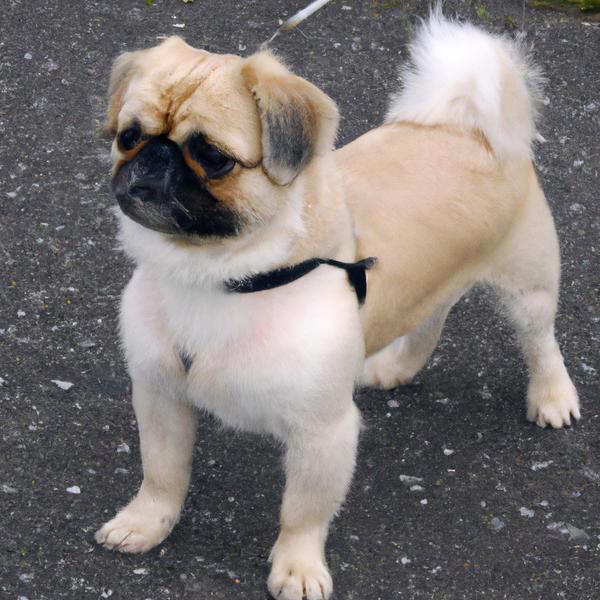
Pug-Coton
Greater Swiss Rottweiler vs Pug-Coton
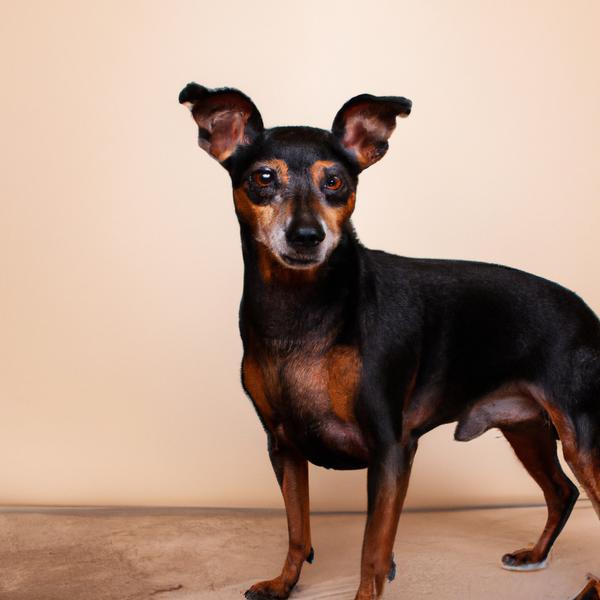
Min Pin Frise
Greater Swiss Rottweiler vs Min Pin Frise
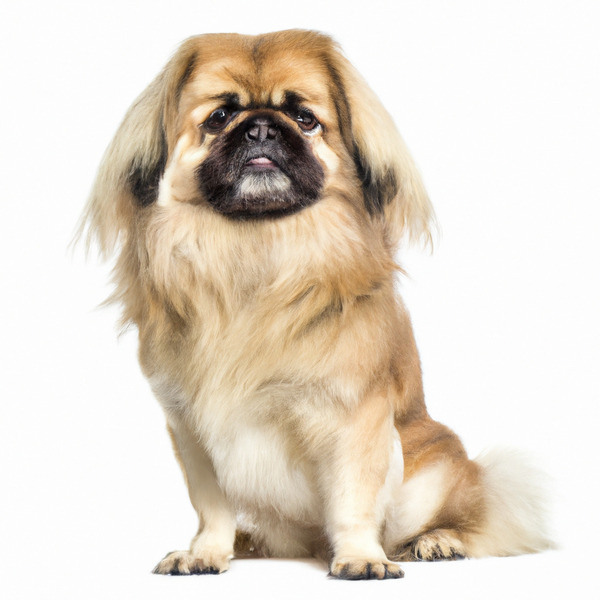
Tibetan Spaniel
Greater Swiss Rottweiler vs Tibetan Spaniel
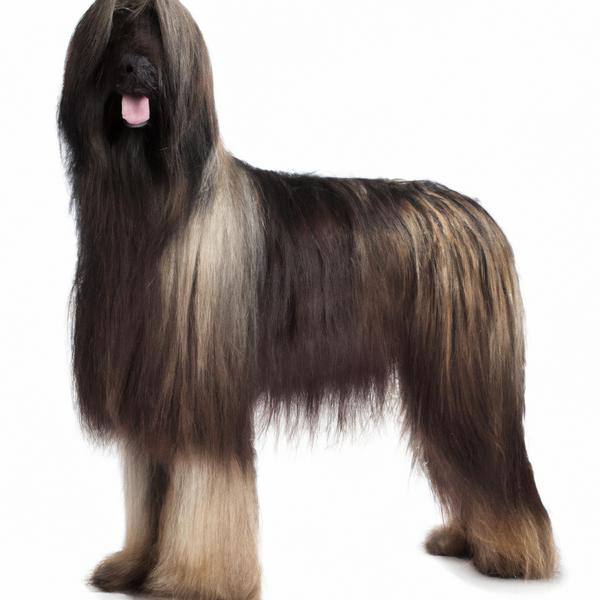
Afghan Sheepdog
Greater Swiss Rottweiler vs Afghan Sheepdog
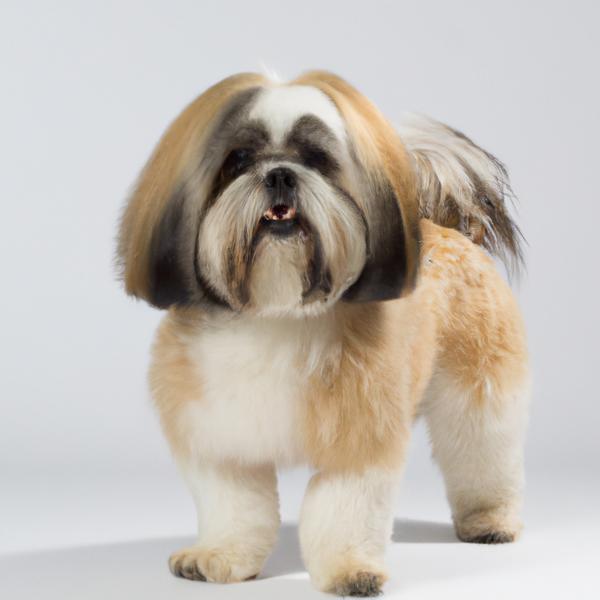
Lhatese
Greater Swiss Rottweiler vs Lhatese
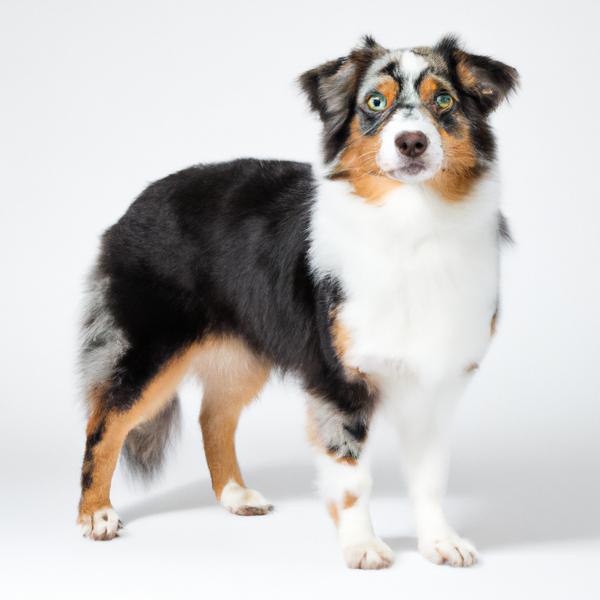
Miniature American Shepherd
Greater Swiss Rottweiler vs Miniature American Shepherd
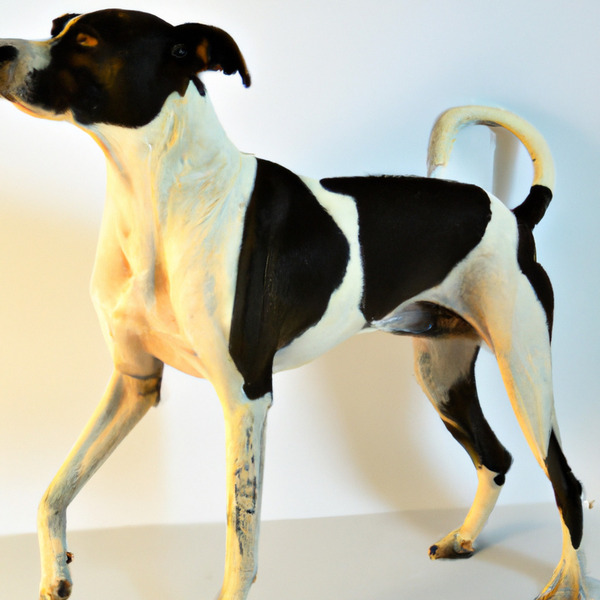
Cursinu
Greater Swiss Rottweiler vs Cursinu
